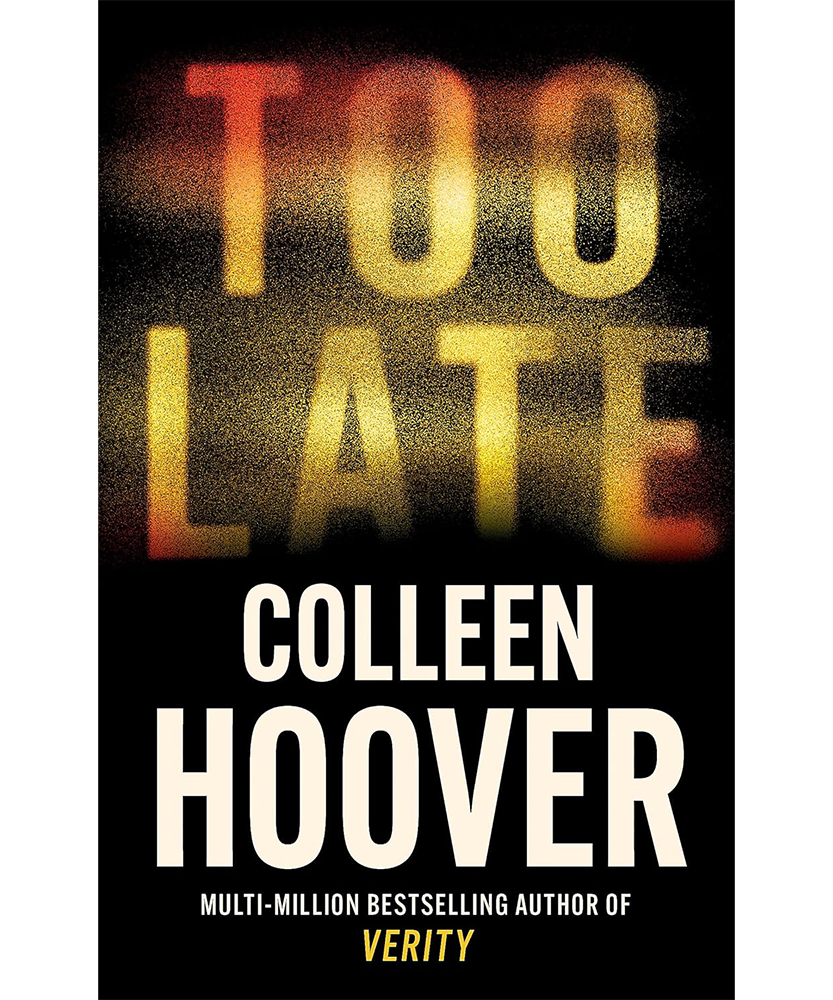Alfred Hitchcock, the master of suspense, left an indelible mark on the cinematic landscape. His filmography, replete with iconic thrillers, continues to captivate audiences decades after their initial release. Among his many works, *Shadow of a Doubt* (1943) often surfaces in discussions surrounding his darker explorations of the human psyche. This film, unlike some of his more bombastic or overtly thrilling productions, delves into a disquieting realm of family secrets, latent violence, and the unsettling notion that evil can reside within the seemingly idyllic veneer of everyday life.
A common observation regarding *Shadow of a Doubt* revolves around its atypical narrative structure within the Hitchcockian canon. It’s not merely a tale of suspense; it’s a study in contrasts. The film juxtaposes the youthful idealism of young Charlotte “Charlie” Newton (Teresa Wright) with the jaded cynicism of her Uncle Charlie Oakley (Joseph Cotten), a charming yet deeply disturbed individual. This juxtaposition, however, isn’t simply a stylistic choice; it’s the crucible in which the film’s profound themes are forged. Let’s disaggregate this duality.
The setting, the archetypal all-American town of Santa Rosa, California, initially appears to be a haven of normalcy. Sunny skies, manicured lawns, and a close-knit community create a picture-postcard image of small-town America. Hitchcock, however, masterfully subverts this idyllic setting. He uses it as a canvas upon which to paint a chilling portrait of suppressed desires and hidden darkness. The town itself becomes a character, a representation of the societal complacency that allows evil to fester beneath the surface. The apparent placidity is a deceptive facade.
Young Charlie, bored and yearning for adventure, embodies the youthful optimism that contrasts sharply with her uncle’s world-weariness. Her wish for something exciting to happen is inadvertently answered with the arrival of Uncle Charlie, a figure who initially seems to embody the excitement and sophistication she craves. She idolizes him, placing him on a pedestal that he inevitably proves unworthy of occupying. The intergenerational connection between them is fraught with unspoken expectations and unresolved emotional needs, setting the stage for the film’s central conflict.
Uncle Charlie’s charm and charisma mask a deeply troubled psyche. He is revealed to be the “Merry Widow Murderer,” a serial killer preying on wealthy widows. This revelation shatters young Charlie’s idealized image of her uncle and forces her to confront the uncomfortable truth that evil can exist within her own family. This is where the film transcends a simple thriller narrative and ventures into the realm of psychological horror. The familial bond, usually a source of comfort and security, becomes a source of terror and betrayal. The psychological distress caused by the revelation is expertly portrayed.
Hitchcock masterfully employs visual storytelling to amplify the film’s themes. The use of shadows, close-ups, and symbolic imagery creates a sense of unease and impending doom. The recurring motif of the waltz “Shadow Waltz” underscores the film’s exploration of duality and the blurred lines between appearance and reality. The train sequences, particularly the opening and closing scenes, symbolize the arrival and departure of chaos, disrupting the tranquility of Santa Rosa. The visual language is nuanced and layered, rewarding repeated viewings.
Furthermore, the supporting characters contribute to the film’s overall atmosphere of unease. Herb and Joe, Charlie’s father and his neighbor, provide comedic relief with their fascination with murder mysteries, but their naive enthusiasm also highlights the town’s obliviousness to the darkness that lurks within. Ann Newton, Charlie’s mother, is a portrait of repressed emotions, desperately clinging to the idealized image of her brother. These characters, though seemingly peripheral, serve to amplify the film’s central themes of deception and the fragility of appearances. They are not merely comic relief; they are integral to the film’s thematic architecture.
The film’s ending, while seemingly resolving the immediate threat posed by Uncle Charlie, leaves a lingering sense of unease. Young Charlie is forever changed by her encounter with evil, her innocence shattered. The seemingly idyllic town of Santa Rosa is revealed to be a breeding ground for hidden desires and suppressed violence. The film doesn’t offer easy answers or comforting resolutions. Instead, it challenges viewers to confront the uncomfortable truth that darkness can exist in the most unexpected places. The ambiguous nature of the conclusion is deliberate, fostering introspection.
*Shadow of a Doubt’s* enduring fascination stems from its exploration of universal themes: the loss of innocence, the betrayal of trust, and the confrontation with evil. It is a film that resonates with audiences because it dares to delve into the darkest corners of the human psyche, exposing the fragility of our perceptions and the unsettling reality that even the most seemingly ordinary individuals can harbor monstrous secrets. It’s a chilling reminder that shadows can lurk even in the brightest of places, leaving an enduring chill that lingers long after the credits roll. The film’s psychological depth ensures its continued relevance.
The film’s prescience lies in its depiction of a society unwilling to confront its own internal contradictions. The characters prefer to maintain the illusion of normalcy, even when faced with overwhelming evidence of underlying depravity. This societal denial, a recurring theme in Hitchcock’s work, remains disturbingly relevant in contemporary society. The film serves as a cautionary tale, urging us to be vigilant and to resist the temptation to ignore the darkness that may be lurking beneath the surface of our own lives and communities. It’s a potent and enduring work of art.
